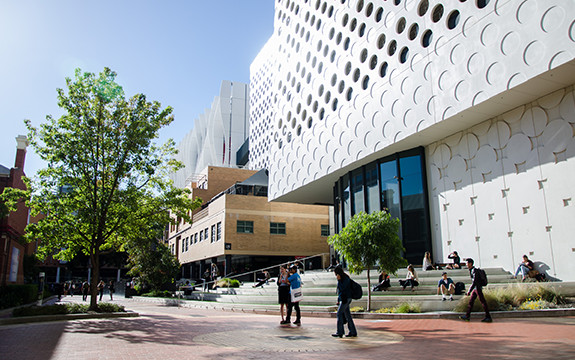Melbourne research into pilot behaviour leading to safer skies

In Summary
New research being undertaken in Melbourne could lead to valuable recommendations for improved pilot training globally, and might also help improve aviation safety overall.
Swinburne University of Technology and the University of Melbourne have been commissioned by the Defence Science Institute (DSI) to investigate the human factors and performance challenges for pilots moving between different kinds of cockpits and instrument arrays.
“Today most student pilots are trained on modern flight simulators and trainers, which use the advanced digital arrays seen in modern jetliners,” Head of Swinburne’s Aviation Simulation Laboratory, Dr David Newman said.
“Then they get out in the real world and may find themselves at the controls of an elderly aircraft equipped with yesterday’s instrumentation, which demands a rather different set of flying skills.”
As a rule pilots who have trained on analogue instruments find it easy to become accustomed to the digital cockpit. However, going from digital to analogue can cause problems, as it throws a much heavier load on the pilot and their mental performance.
“Pilots using the old instrument array scan all their instruments constantly in a highly disciplined sequence and create a constant mental picture of what the aircraft is doing, where it is, its speed, height, engine performance and so on, from what the instruments tell them,” Dr Newman said.
“They update this mental model constantly by referring back to the instruments.
“But the modern digital readout does a lot of this computing for the pilot. In place of dozens of different dials and clocks, there are just one or two main screens backed by a computer that compiles, analyses and presents the most essential and relevant flight information.
“It makes flying much simpler and less stressful. But if you’ve trained in a glass (digital) cockpit, you may have a completely different form of situational awareness and instrument procedure to deal with an environment that is constantly changing.”
Swinburne PhD student Sravan Pingali is testing volunteer pilots in the Aviation Simulation Laboratory’s flight simulators, which offer the capability to switch between analogue and digital instrumentation, and between helicopter and fixed-wing aircraft.
The volunteers are equipped with sophisticated eye tracking technology, which enables the researchers to study where the pilots’ attention is focused on the instrument array during various manoeuvres and flight situations, including emergencies such as an engine failure.
“Essentially this allows us to track their gaze across the different instrument arrays and make comparisons between pilots trained on glass and analogue equipment,” Mr Pingali said.
“The scanning patterns they have been trained to carry out are quite different. This enables us to tell if they are doing the right thing when flying with instruments they are less familiar with.”
Dr Newman said the size of the challenge varies according to the individual.
“We’re working at the interface of human and machine, and it isn’t as neat and predictable as we’d sometimes like to imagine,” he said. “It is throwing new light on how different pilots cope with this change.”
Read more about the study.

